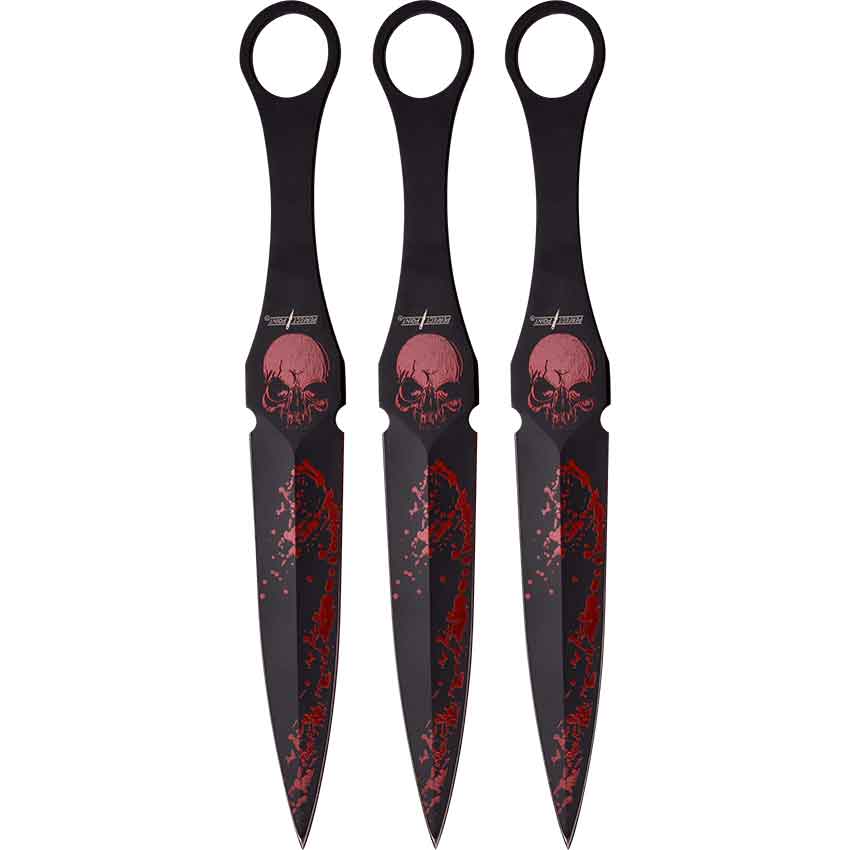
If someone hands you throwing knives that are not center balanced, remember the golden guideline: Grip the light end! Hence, a blade-heavy knife would just be held at and thrown from the deal with. Attempt out the wrong way: if you grip the heavy end, the center of mass will be within or near your hand, and the knife release will not be smooth.
 View Details with Basic Tools! - YouTube"/>
View Details with Basic Tools! - YouTube"/>The ratio of weight per length of a well balanced tossing knife goes from 8 g per cm to 12 g per cm. While many good tossing knives (such as the Hibben or Faka) position themselves within this balance ratio variety, you will find outliers with a great factor, such as a hefty Mountain Bowie.
Dive into our devoted page for more considerations about the perfect balance of throwing knives. Pointy blade and blunt edge for throwing knives A good tossing knife You might easily cut yourself when managing it, and bounces from the target ended up being truly harmful. Blade grips are just possible if the edge is blunt.

A pointy tip suffices to get in the wood well. Prevent thick pointers, they need more force to enter the wood. If the knife reaches the target point first, and then just "falls", that's a hint for a pointer that's too fat. For stability and penetration power, the perfect point begins with a strong blunt blade, geting little and flat towards the point - see drawing.

Sharp blades are challenging to restore once you put a damage into the edge - a thing that will definitely take place throughout tossing practice. Another factor to stick to blunt blades for throwing knives. Weight - How heavy should my tossing knife be? First off,. A throwing knife weight of around 200g is ideal to start with.

For longer distances starting at 5m you ought to turn to a heavier throwing knife with a weight of a minimum of 250g. When your throwing knife packs 400g or more, you definitely require strong arms and a body trained to handle it. Attempt it out: Take the tossing knife deal with between your thumb and index finger, the blade indicate the ground.